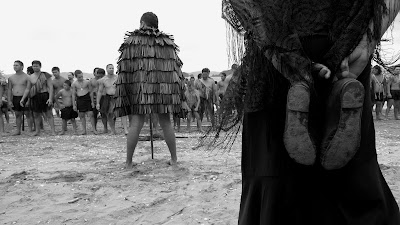The Treaty of Waitangi (Māori: Te Tiriti o Waitangi) is a treaty first signed on February 6, 1840, by representatives of the British Crown, and various Māori chiefs from the northern North Island of New Zealand. The Treaty established a British governor in New Zealand, recognised Māori ownership of their lands and other properties, and gave Māori the rights of British subjects. However the English and Māori language versions of the Treaty differ significantly, and so there is no consensus as to exactly what was agreed. From the British point of view, the Treaty gave Britain sovereignty over New Zealand, and gave the Governor the right to run the country; Māori seem to have had a range of understandings, many of which conflicted with the British understanding. After the initial signing at Waitangi, copies of the Treaty were taken around New Zealand and over the following months many other chiefs signed.











 Until the 1970s, the Treaty was generally ignored by both the courts and parliament, although it was usually depicted in New Zealand history as a generous and loving act on the part of the Crown. From at least the 1860s, Māori looked to the Treaty, with little success, for rights and remedies for land loss and unequal treatment by the state. From the late 1960s, Māori began drawing attention to breaches of the Treaty, and subsequent histories have emphasised problems with its translation.
Until the 1970s, the Treaty was generally ignored by both the courts and parliament, although it was usually depicted in New Zealand history as a generous and loving act on the part of the Crown. From at least the 1860s, Māori looked to the Treaty, with little success, for rights and remedies for land loss and unequal treatment by the state. From the late 1960s, Māori began drawing attention to breaches of the Treaty, and subsequent histories have emphasised problems with its translation.












